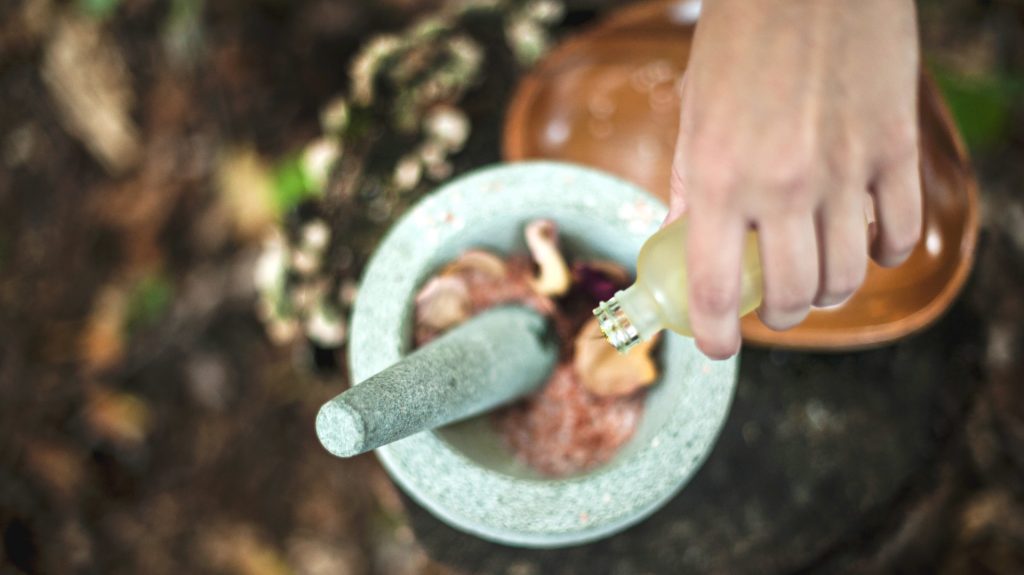“[T]hey know what to do with every scrap of hoof, snout, entrail, and skin … Because they grew up with that all-important dictum. Use everything! (And use it well.)”
This is how Anthony Bourdain describes the French style of cooking in his book, A Cook’s Tour.
I picked up his collection of food and travel tales before my last plane trip and have since been reliving his fearless and much-missed spirit through his writing.
He brings up French cuisine when talking about creating magic with food. To him, these classically-trained chefs are experts of taking the most unglamorous ingredients — “boiled tongues, tails, bones, and cheap root vegetables” — and turning them into something delicious, like pot-au-feu.
Not unlike how content marketers strip down a business’s purpose, down to the core, so that they can then reconstruct its message in many different meaningful and relevant ways.
Because when done right, content marketing doesn’t appear as a business-driven message at all, but as a story you want to read, a song you want to sing, a feeling you want to have.
So how do you go from a word or an idea to captivating someone’s attention and evoking emotions? Like the French, start with the basics and build from there.
Know the exact ‘ingredients’ of your business
What does your business do for its customers that is better and distinct from the competition? In other words, what are the main elements that go into your company’s special sauce?

Is your product or service easy-to-use? Eco-friendly? High-quality? Backed by research?
Once you know the essential components of your business, then you can begin to shape your brand’s point of view and unique approach to a particular problem.
This thorough understanding of what goes into your offerings will make it much easier to create effective landing pages, start a conversation on social media and focus your e-newsletters.
Keep it simple (especially when the idea is complex)
Remember, as Bourdain points out, you have to start with “scraps and trimmings and fat, ground up and seasoned” to get pâté.
In marketing terms, that is to say, if you are trying to communicate a complicated concept to your audience, there are always ways to break it down and reconstruct it so that your customer not only understands the message but can also relate and empathize with it.
Marketers can do this by being empathetic themselves, trying their best to absorb the pain points and desires of your prospects and customers.
By putting yourself in their shoes, you can more easily see what questions they might have and what problems they are seeking to solve. Then, tell them how your business can be their solution in a clear and to-the-point way.
Talk to them, person to person. And tell them what to do next.
Which leads me to tip #3…
Use your words — in a myriad of different ways
Your underlying message will remain the same for the most part (e.g. we’re credible, we’re classic, we’re dedicated, etc.) but how you present it will vary in every context.
On a landing page, for instance, you’ll have a headline, subheadline, copy and call-to-action to convey your message. This checklist will help make sure your content is easy to read and understand.
Creating a post for social media, however, will take on a different tone and appearance. It will be conversational in style, shorter and visually engaging.
There are lots of other content types that your marketing strategy will include and therefore lots of options when it comes to putting it together and sharing it with your audience. Sometimes fewer words will work better, or a graphic or a series of newsletters.
What’s important is how you decide to tell your business’s story (hint: follow the French’s lead to create something truly special):
“Those shrewd and wily French toiled mightily over the years, figuring out ways to make just about everything that grazed, creeped, swam, crawled, or hopped, and every growing thing that poked through soil, rotted on the vine, or hid under dung, into something edible, enjoyable — even magical.”
